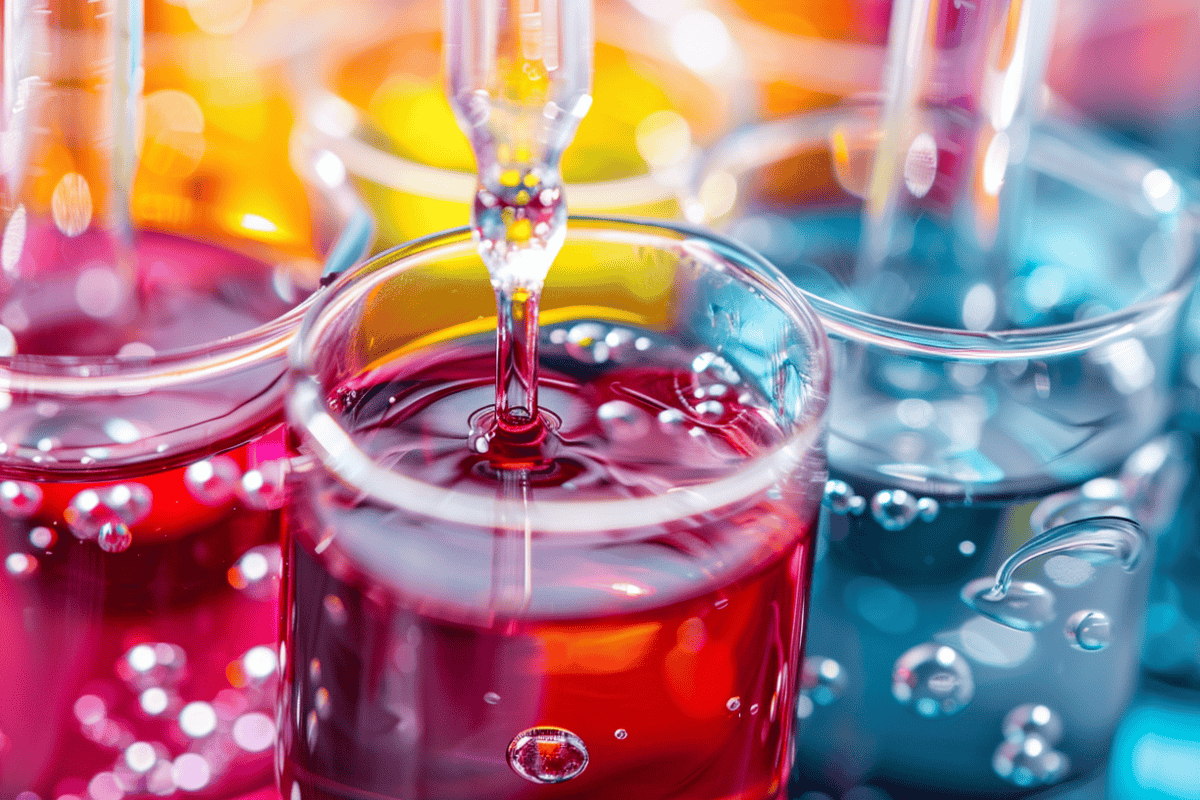Today, lighting systems are running our lives in ways that were unimaginable years ago. Lighting applications offer the operations of significant aspects in our residential homes, offices, displays, traffic, mood lighting, farming, and many other applications.
The traditional bulbs are replaced by more superior and intelligent energy-saving lights. All these applications are shaped by innovative lighting technologies that continuously provide advanced improvements. One such lighting technology is the light-emitting diode LED and UFO LED high bay lights.
LEDs are known for their longevity and low power consumption. This emerging technology is available in multiple colors vital in emergency lighting, traffic lights, display, and mood lighting. LEDs are popular because they are much easier to control. In addition, LEDs are environmentally friendly due to their low radiation.
Applications of Lighting Technologies
Smart Building Lighting
LEDs in collaboration with IoT sensors have made significant contributions to smart building designs. Large companies are now deploying smart lighting automation that incorporates motion sensors. As such, the companies use motion sensors to manage costs by only lighting occupied areas. Furthermore, the energy-saving LEDs help companies to cut on operation costs of electricity. Check out energy comparison websites to find electricity rates and compare how much you can save by using energy-saving LEDs.
Smart lights in the workplace help improve security through better lightning. In addition, cameras and other security features are important additions to home lighting systems. Lights are with security features such as cameras detect intruders and raise alarms.
Remote-Controlled Lighting Systems
The traditional way of light switches could soon be a thing of the past. Instead, smart lighting technologies have incorporated Android or iOS smartphones to switch lights from anywhere remotely. The remote control aspect is significant in switching off unnecessary lights.
Smart lights have got the capability of adjusting to natural light intensity. The lights will decrease intensity when it is bright and increase when it is dark. Smart lights are beneficial both to their company and its employees. Such a variation of light intensity to suit natural light is essential in managing eye strains and fatigue hence optimal returns.
Smart Sensor Support
Automated lighting solutions are instrumental in workspace support by creating comfort through variable lighting intensities and color. In addition, such workspace support intends to design customized solutions unique to a particular office.
In addition, motion sensors and cameras are installed in unused rooms to avoid unnecessary lighting and wastage.
Disinfection UV- lights
UV lights are known to fight bacteria and viruses. Organizations can use new innovative Ultraviolet LEDs to purify air and water. Recent UV LEDs innovations have come up with new handheld equipment with UV sterilization. Also, in response to COVID-19, UV-C LEDs provide disinfection of surfaces and eliminating viruses.
Here are the most popular users of Ultraviolet (UV) LEDs:
Hospitals
UV-C technologies have been used in hospitals to cut down on transmission. Moreover, a study by Duke Health systems found that transmission rates of viruses and bacteria decreased by 30%.
Airplanes
UV-C is instrumental in testing passengers and disinfecting airplanes. COVID-19 rules require airlines to disinfect their planes after every trip.
Offices
Many companies with several employees have implemented and installed UV-C lighting in high traffic areas and meeting points.
Factories
The law requires factories to sanitize the air, water, and non-porous services using germicidal lamps, which employ UV-C technology.
Street Lighting
Traffic enforcement authorities remotely control traffic lights by use of smart lighting technologies together with cameras.
Vertical Farming Lighting
With rising populations globally and diminishing land size, vertical farming is taking over. Vertical farming is a farming technique that utilizes little space by growing crops attacked on top of one other. This kind of farming requires controlled lights, and the best bet here is LEDs. The LED satisfies the need for ventilation, moderate heat, and controllable lighting. Vertical farming involves the following practices: hydroponics and aeroponics.
Advantages of LED Lights
The advantages enumerated below are also the benefits of LED against traditional light bulbs.
Long Life
LEDs generate low heat levels, and this makes them durable for more extended periods than ordinary bulbs. LEDs can last up to 50,000 hours.
Energy Efficient
LEDs produce less heat and are safer than incandescent ones.
High Brightness and intensity
LEDs are very bright compared to incandescent lamps, even if they carry the same wattage.
Multicolor
LEDs come in multiple but permanent colors, unlike ordinary bulbs that require gels and are not permanent.
Low radiation
LEDs use electromagnetic energies to create light, while incandescent lights heat the filament to produce light. That is why LEDs emit low heat levels which makes them efficient and cost-effective.
Reliability
LEDs tackle all kinds of temperatures and can withstand unstable environments, including vibrations, making them ideal for use in hazardous environments.
Instant illuminations
LEDs do not have delayed warm-ups. Therefore, when switched on, LEDs achieve instant Brightness and full Brightness without the usual delays of the ordinary bulbs.
Directional Lighting
LEDs emit their light from one direction. Thus the light produced is not wasted, unlike the ordinary bulbs, which have light from different directions.
Conclusion
The lighting industry has witnessed a revolution through the innovation and automation of trout in operations. One significant impact of the technology is the emerging technology of LEDs. Unlike fluorescents which have mercury components, UV-C LED contains no hazardous components.
Traditional lights consume more energy and cannot last for long periods like LEDs. LEDs, on the other hand, saves time and energy. In addition, smart bulbs are rechargeable and continue to light when a blackout occurs.
Lighting technologies are now touching on every facet of life, from farming to emergency services. Hospitals, factories, and airlines are using LED technology to sanitize their high-traffic areas. However, COVID-19 came with restrictions, and companies must look for a proper mechanism to curb its spread.
Indoor farming, on the other hand, is moving fast towards automation. However, such agriculture is highly dependent on lighting, humidity, and temperature. Smart lighting technologies can meet such demands due to their adjustability features.
The entry of Artificial Intelligence AI is likely to revolutionize the future of lighting technologies. As a result, we expect to witness further innovations in smart lighting technologies that incorporate AI.
This is a sponsored post
Digital Health Buzz!
Digital Health Buzz! aims to be the destination of choice when it comes to what’s happening in the digital health world. We are not about news and views, but informative articles and thoughts to apply in your business.


